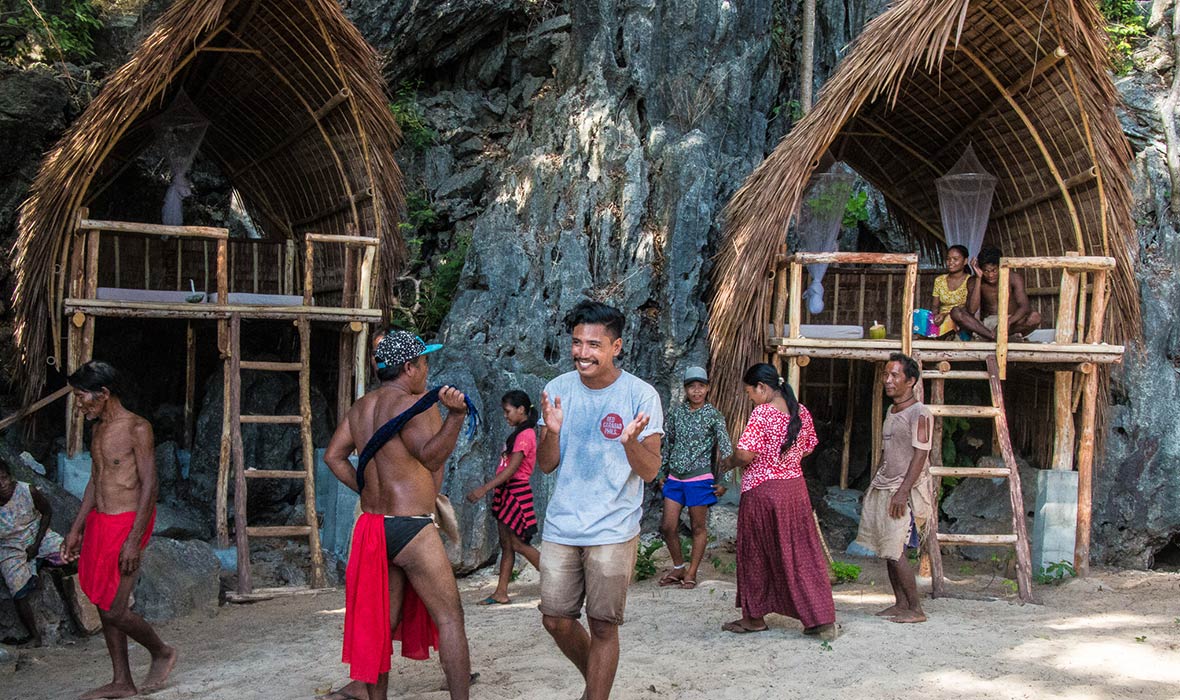Coron, a picturesque island in Palawan, Philippines, is a cultural melting pot, home to several indigenous tribes, each with its own distinct heritage. These tribes have inhabited the region for centuries, preserving their traditions, languages, and customs through generations. From intricate weaving techniques to vibrant ceremonies, the indigenous cultures of Coron offer a fascinating glimpse into the rich tapestry of Philippine heritage.

The indigenous communities of Palawan play a vital role in shaping the region’s rich cultural tapestry. Their unique traditions, customs, and beliefs contribute to the diverse and vibrant heritage of the province. From their traditional music and dance to their intricate handicrafts and ancient stories, these communities offer a glimpse into the past and present of Palawan’s indigenous people. Their presence not only enriches the cultural landscape but also helps to preserve the island’s unique identity.

indigenous tribes
Here’s a detailed list of some of the indigenous tribes in Coron, along with insights into their cultural heritage:
1. Tagbanua:
- Description:
- The Tagbanua people are one of the oldest ethnic groups in the Philippines, with a significant population in Coron.
- Known for their intricate craftsmanship, the Tagbanua are skilled in weaving, pottery, and creating traditional musical instruments.
2. Palawano:
- Description:
- The Palawano, also known as the Pala’wan, are indigenous people found in various parts of Palawan, including Coron.
- They are known for their traditional agricultural practices, cultivating crops like rice and sweet potatoes.
3. Calamian Tagbanua:
- Description:
- The Calamian Tagbanua is a subgroup of the Tagbanua people specifically found in the Calamian Islands, which include Coron.
- They have a rich oral tradition, passing down stories, legends, and rituals from generation to generation.
4. Batak:
- Description:
- The Batak are an indigenous group found in the northern part of Palawan, including areas around Coron.
- They are known for their expertise in hunting and gathering, relying on the rich natural resources of the forests.
5. Molbog:
- Description:
- The Molbog people inhabit the southern part of Palawan, and their presence extends to areas near Coron.
- Traditionally, they are skilled fishermen, relying on the bounty of the seas for their livelihood.
6. Cuyonon:
- Description:
- While the majority of Cuyonon people reside in Cuyo Island, there are also communities in Coron and nearby areas.
- They have a distinct language and cultural practices, including traditional dances and rituals.
7. Agutaynen:
- Description:
- The Agutaynen people, also known as Palaw’an, have communities in Palawan, including Coron.
- They have a rich cultural heritage expressed through traditional dances, music, and intricate beadwork.
8. Tao’t Bato:
- Description:
- The Tao’t Bato, or “People of the Rock,” are a small group with a unique lifestyle found in Palawan, including Coron.
- They traditionally live in caves and are known for their intimate connection with nature.
Cultural Insights and Practices:
- Traditional Clothing: Indigenous tribes in Coron often have distinct traditional clothing, which may include colorful garments adorned with intricate beadwork and traditional patterns.
- Rituals and Ceremonies: Many indigenous tribes have specific rituals and ceremonies tied to agriculture, harvest, and spiritual beliefs. These ceremonies often involve music, dance, and traditional instruments.
- Traditional Dwellings: The architectural styles of traditional houses can vary among different indigenous groups. Some live in stilt houses near the water, while others may have structures designed to withstand forest environments.
- Oral Tradition: Indigenous communities in Coron maintain rich oral traditions, passing down stories, myths, and legends from one generation to another. These stories often contain valuable lessons and cultural insights.
- Art and Craftsmanship: Traditional arts and crafts, such as weaving, pottery, and woodcarving, are integral to the cultural heritage of many indigenous tribes in Coron. These crafts often showcase intricate designs inspired by nature and their spiritual beliefs.
Community Involvement:
- Cultural Festivals: Some indigenous tribes participate in cultural festivals in Coron, providing visitors with an opportunity to witness traditional dances, music, and rituals.
- Community-Based Tourism: Some indigenous communities engage in community-based tourism initiatives, allowing visitors to experience their way of life, learn about their traditions, and contribute to sustainable tourism practices.
Visiting Coron provides a unique opportunity to engage with the cultural heritage of its indigenous tribes, gaining insights into their traditions, beliefs, and way of life.

It is essential for visitors to approach these communities with respect and cultural sensitivity, appreciating the richness of Palawan’s diverse cultural landscape.
